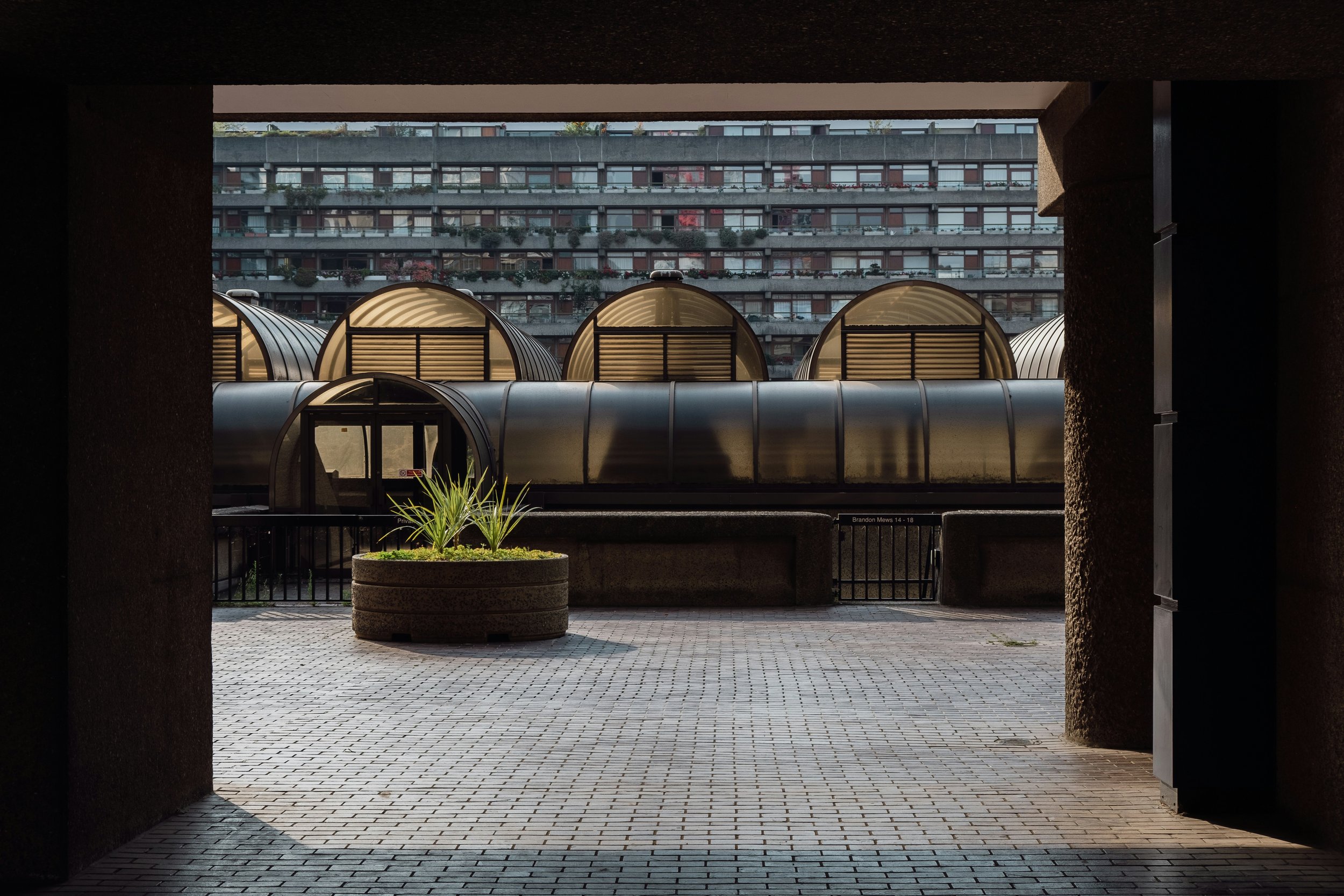Storytelling in the built environment: How to use visual content to create impactful place stories
We all want our brand to stand out and impact the audience. But the question is how?
How do we reach the audience we want and have our story cut through the noise?
In this blog, we will explore how visual storytelling can help grow audiences in the built environment sector and get your brand noticed.
What is impactful storytelling?
Every story can be impactful if it is communicated in a meaningful way that captures its audience’s attention.
It all comes down to how we tell our stories and communicate our brands. Investing time in creating your place story and your place brand, can benefit you in the long run and help you build your place marketing strategy.
Begin by asking yourself and your team who your audience is and what message you want to share with them. For example, if you have chosen a location to build better infrastructure, you might want to communicate what key problem you are solving in that place and to whom it will benefit.
Source: Unsplash
The definition of a story
A story or narrative can be defined as ‘a connected series of events told through words (written or spoken), imagery (still and moving), body language, performance, music, or any other form of communication.’
Every story structure typically has a beginning, middle, and end. Stories in the built environment sector are no different: It all starts with an idea. Some ideas will then turn into reality, often taking years to be completed. That journey from beginning to end can be told in many ways, and visual storytelling can be an impactful tool for showcasing your journey to your audience.
In content marketing, we talk about creating hero content. This is the core piece of content that brings everything together as a cohesive narrative. It will summarise your whole story and can be used to promote your brand and create awareness. The hero piece can be shared as a complete project or broken up into shorter elements that keep your audience updated and informed. This can include clips of engaging interviews or funny behind-the-scenes clips to share on your social media platforms.
Authentic visual storytelling
In today’s digital world, visual content is in everyone’s lives, from the consumer scrolling on social media or a business setting up a new website. Finding ways to cut through the noise and catch your audience’s attention can be challenging, but important if you want to connect with them on a deeper level.
Visual storytelling can be a powerful tool to make you visible and stand out from the crowd. It can create an authentic connection to reach your audience, as well as find new ones. Authentic video interviews can be a great way to put a face to the name and tell your story in your own words. It can make you seem relatable and appear more trustworthy as a brand.
For example, if sustainability plays a key role in your place brand and place marketing strategy, inviting the audience into your story and journey will make them interested in your development and create a greater understanding of how society and the climate can benefit from it.
5 principles of visual storytelling
There are various approaches to making visual content engaging and eye-catching.
Here are 5 principles of visual storytelling and examples of how other businesses have applied them in their visual content.
1. Strong narrative
Having a clear storyline showing how the space evolves and impacts its users will help your audience understand your vision and goals. An example is this introductory film, showcasing the story of how the V&A Dundee was developed, from the idea to when it became open to the public.
Source: Unsplash
2. Emotional connection
Connecting with the audience on an emotional level is important.
In this video on the English Heritage website, a millwright talks about his work restoring a corn mill. First, he introduces himself which makes the video appear more personal. Personal stories, cultural references, and real-life experiences within the built environment can evoke empathy and investment.
Source: Unsplash
3. Powerful visuals
High-quality visuals and cinematography are essential to captivate the audience. You might have heard the phrase “show, don’t tell” before, and in Barbican’s video, the visuals say it all.
In just 30 seconds, the viewer knows what the place offers and who the audience is.
Source: Unsplash
4. Innovative futuregazing
How does society benefit from this new building, village, or city?
Highlighting the future potential and long-term benefits of a project can inspire and motivate the audience. In this video about the award-winning Gloucester Services, they show the audience what it offers with its innovative buildings and sustainable approach.
Source: Unsplash
5. Authenticity
Authentic stories and real-life testimonials enhance credibility and trust.
The purpose and story behind The Reid Building at The Glasgow School of Arts are explained in these two short films, where one showcases the students using the building and the other one a conversation with design architects Steven Hall and Chris McVoy. Showing user experiences and community impacts can make the story more relatable and believable.
Source: Unsplash
Want to create emotional connections with your audience?
Visual content is a powerful tool in place branding and can help create an emotional connection with audiences. Impactful storytelling is all about how we tell our stories. When we know our story, we know how to incorporate powerful tools such as visual content into our marketing strategy.
Not sure where to start? Don’t worry.
A branding and marketing agency like Concept Culture can help convey your ideas into compelling storytelling and create a strategy that will engage with your audience.






